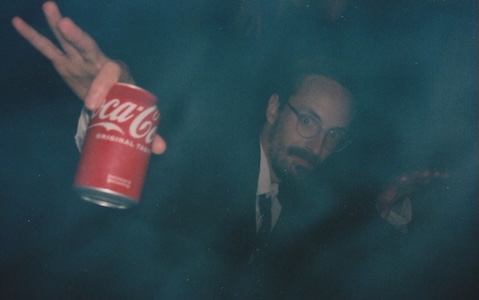
Hi, I'm Jordan.
In my life, I've been an academic philosopher, an art curator, a cinema bartender, and more. I grew up in small-town Ohio, but nowadays, I live in Sweden, work in audio tech, and write for fun.
If there's a theme in my writing, it's how consumer technology, algorithms, and now AI impact our ability to make intentional choices and connect with a shared material reality, and what we can do about it.
I believe that it's healthy to have independent online spaces that you can own and maintain. That's why I created this plain-text website and not a Facebook page. The simplicity and intentionality of these pages allow us to interact as if no corporations were watching.